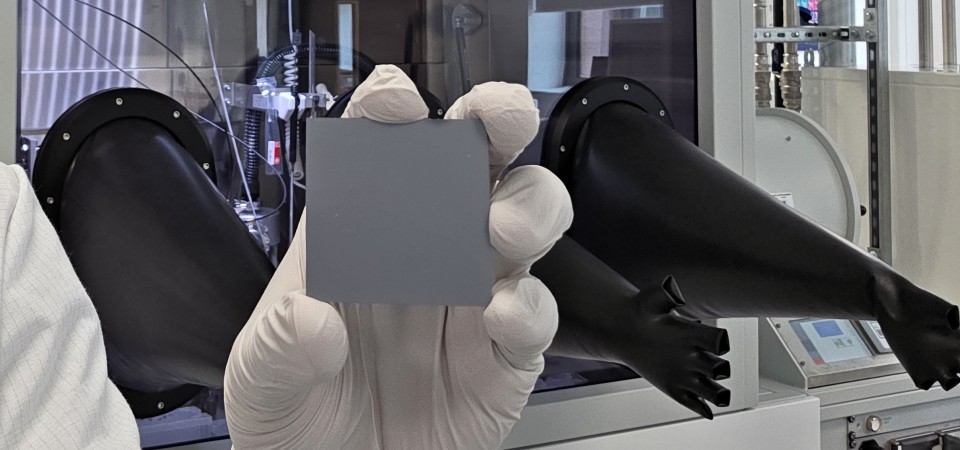Malaysian Bridges Set to Last a Century? Revolutionary Steel Tech Promises Triple Lifespan

Imagine bridges standing strong for a century, resisting the wear and tear of time and traffic. That's the ambitious goal of a groundbreaking new steel technology developed by engineers, potentially revolutionizing infrastructure development here in Malaysia and across the region. This innovation promises to triple the lifespan of bridges, significantly reducing maintenance costs and disruptions for commuters.
The current state of infrastructure globally, and particularly in Malaysia, faces a significant challenge. There's a massive backlog of structures needing replacement, a costly and time-consuming undertaking. This new steel technology directly addresses this issue, offering a long-term solution that could dramatically alter the landscape of bridge construction and maintenance.
The Science Behind the Longevity
While details of the specific alloy and manufacturing processes remain proprietary, the core principle revolves around enhancing the steel’s resistance to corrosion and fatigue. Traditional bridge steel is vulnerable to environmental factors like humidity, salt spray (especially relevant in coastal areas of Malaysia), and the constant stress of vehicle loads. This new technology incorporates advanced treatments and potentially new alloy compositions to mitigate these issues.
“We’re enabling 100-year lifetimes,” stated a lead engineer involved in the project. This ambitious claim suggests a significant leap forward in materials science. It implies not just increased durability but also reduced need for frequent inspections and repairs, saving taxpayers money in the long run.
Impact on Malaysia's Infrastructure
Malaysia's rapid economic growth and urbanization have placed considerable strain on its existing infrastructure. Bridges are vital links connecting communities and facilitating trade. The adoption of this new steel technology could have a profound impact:
- Reduced Costs: Longer-lasting bridges translate to lower maintenance and replacement expenses.
- Improved Safety: Enhanced durability contributes to safer infrastructure for drivers and pedestrians.
- Sustainable Development: Reducing the frequency of construction minimizes environmental impact and resource consumption.
- Economic Growth: Reliable infrastructure supports economic activity and attracts investment.
Challenges and Future Prospects
While the potential benefits are enormous, some challenges remain. The initial cost of implementing this new technology might be higher than traditional steel. However, the long-term savings are expected to outweigh this initial investment. Furthermore, rigorous testing and certification will be crucial to ensure the steel meets the stringent safety standards required for bridge construction.
Looking ahead, this innovation could pave the way for a new era of resilient and sustainable infrastructure in Malaysia. The possibility of bridges lasting a century is no longer a distant dream but a tangible prospect, thanks to advancements in materials science and engineering. This is a development that deserves close attention and proactive consideration by policymakers and infrastructure planners.
The development of this technology highlights the importance of investing in research and development to address critical infrastructure challenges. As Malaysia continues to modernize and expand its transportation network, embracing innovative solutions like this will be essential for building a strong and sustainable future.






